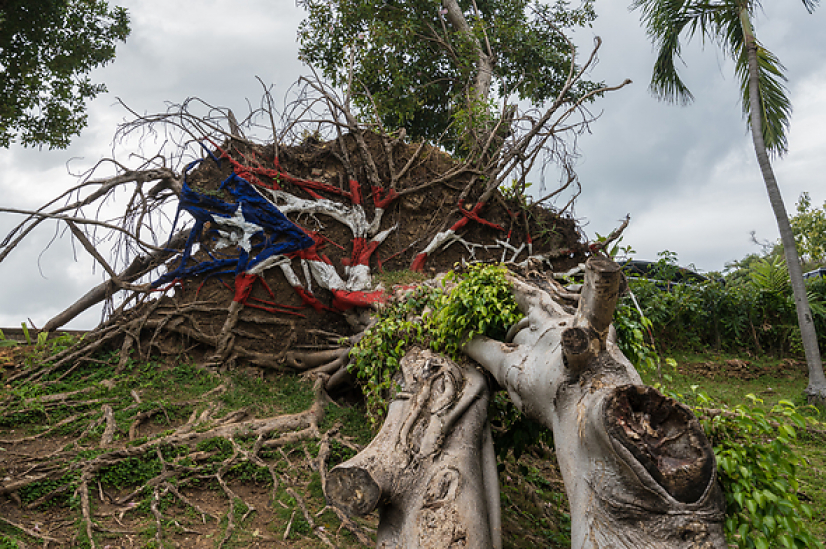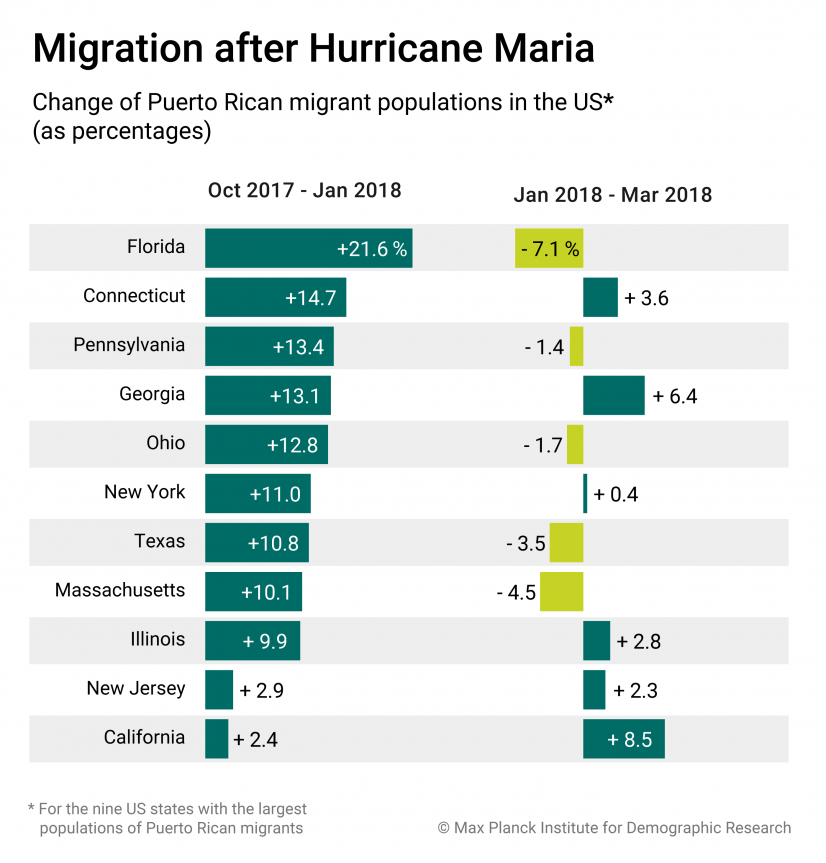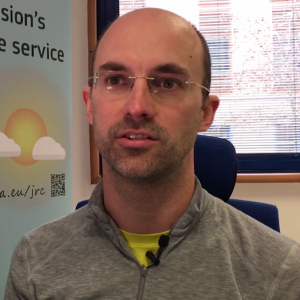What did people do after the devastating Hurricane Maria hit Puerto Rico in September 2017? How many stayed? Who left? In emergencies, these and many more questions need to be answered quickly and precisely so that government agencies can support those who stayed and help those who left to get back home or establish a new life elsewhere.
Traditional data sources do not provide information on relocations, such as movements between US states and outlying US territories like Puerto Rico, on a monthly basis. But that data – frequently-measured migration values – is exactly what is needed by policy makers to plan for disasters.
We were able to work with another data source: Facebook. Compared to data sources like flight passenger data, mobile phone data or change of address and school enrollment, anonymous Facebook data that are routinely produced for advertisers offer precise demographic information about sex and age; a crucial advantage in this case. With Facebook data it is now possible to not only track how many people moved but also what characteristics are.
My collaborators and I had been collecting data from Facebook’s advertising platform since January 2017, so we have information about migration flows before and after the destruction of Hurricane Maria. This is important because Facebook data is not representative if just observed at a single point of time: it is necessary to evaluate data on trends over time and compare migration data for multiple countries. With this approach, we were able to identify clearly the sudden increase in migration from the Puerto Rico to the US after Hurricane Maria hit. Our main findings are discussed below, and further details are available in the article we recently published Population and Development Review.
180,000 people moved out of Puerto Rico, mainly young men
We found that right after the hurricane hit, approximately 180,000 people moved out of the island to the US, mainly young people between 15 and 30 years old. In addition, it could be seen that these young adults moved to US states with a large Puerto Rican community: in Florida, New York and Pennsylvania the population of Puerto Ricans increased the most.
Caption: Not everybody migrates after an catastrophic event. Mainly young people have the means to relocate. © Max Planck Institute for Demographic Research/Schwentker
Elderly people left behind
Conversely, weaker people like the elderly were left behind. In general one can conclude that people need a certain level of means to relocate quickly, and that their possibilities to move depend on their health and financial situation. People without means have to stay regardless of what happens. When using Facebook data, one needs to take into account the fact that less elderly are using Facebook. Therefore they are underrepresented in the data set. That bias needs to be adjusted by using adequate statistical models.
20,000 Puerto Ricans returned home
By evaluating data over a longer time period, we also found that after the worst consequences of Hurricane Maria had been addressed, a trend to return back home started: in early 2018 approximately 20,000 people returned to Puerto Rico.
Caption: Some months past the Hurricane Puerto Ricans started to return back home from the US. © Max Planck Institute for Demographic Research/Schwentker
Working on solid ground with Facebook data
Accessing and interpreting these data correctly requires statistical and software development knowledge. This project required a team with expertise in demography, data science and modern statistical approaches. Together we developed new methods and validated our results against complementary data sources, in an independent way. In particular, for this work we showed that a creative application of the statistical technique called difference-in-differences is valuable and effective to estimate trends and filter out biases that are relatively stable over time.
We learned that, in some circumstances, it is possible to combine Facebook advertising data with more traditional sources and appropriate statistical techniques to estimate migration flows. In particular, in the context of crisis management where rapid response is needed, triangulating sources is the best approach to obtain estimates that are relevant not only to advance theoretical knowledge, but also to support policy makers.
This blog post is part of the International Forum on Migration Statistics (IFMS) series on the Global Migration Data Portal. The second IFMS, organized by IOM, OECD and DESA in Cairo on 19-21 January 2020, is expected to serve as a space for producers and consumers of migration-related data to share data, discuss data needs, identify data gaps and highlight needs for training and capacity-building. Find more information about the IFMS here.







